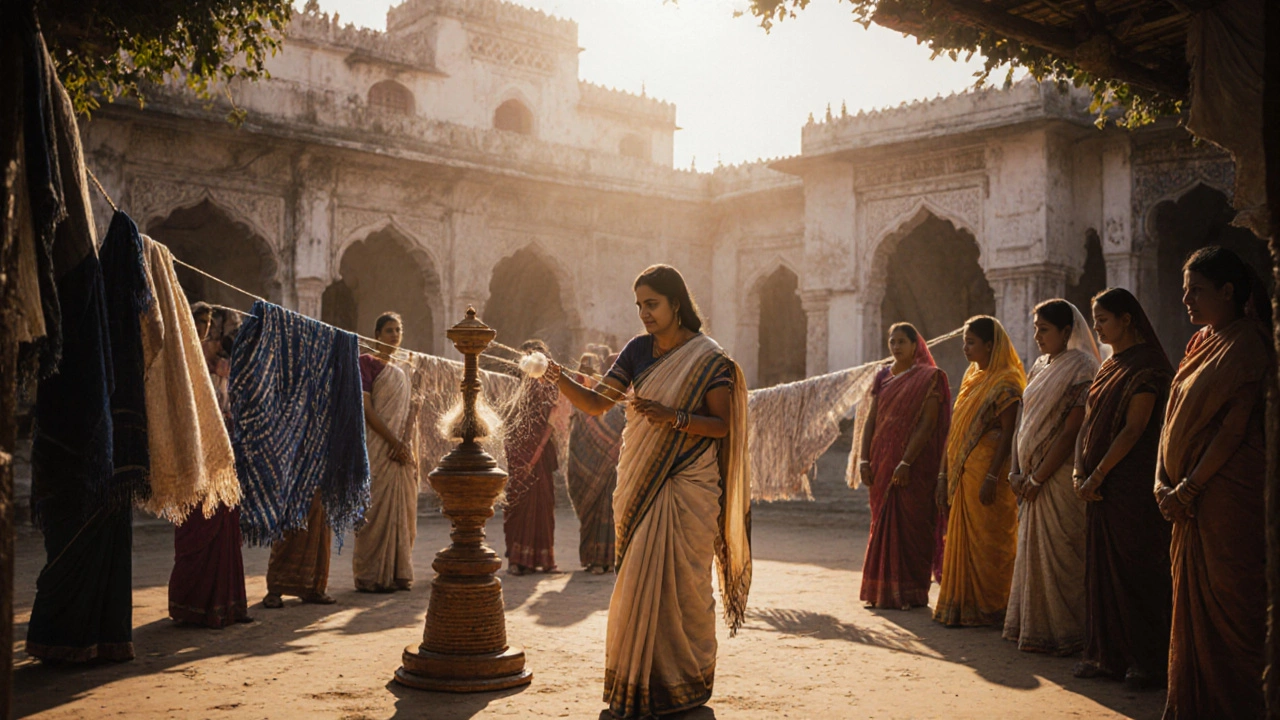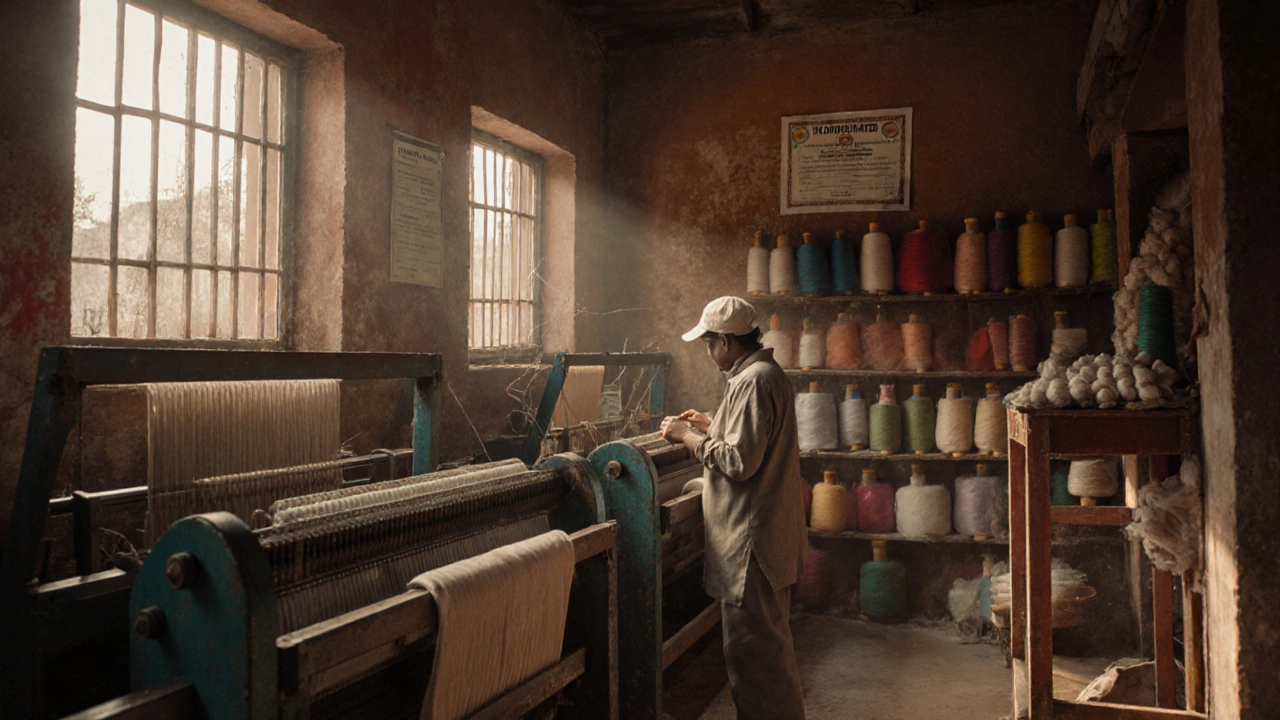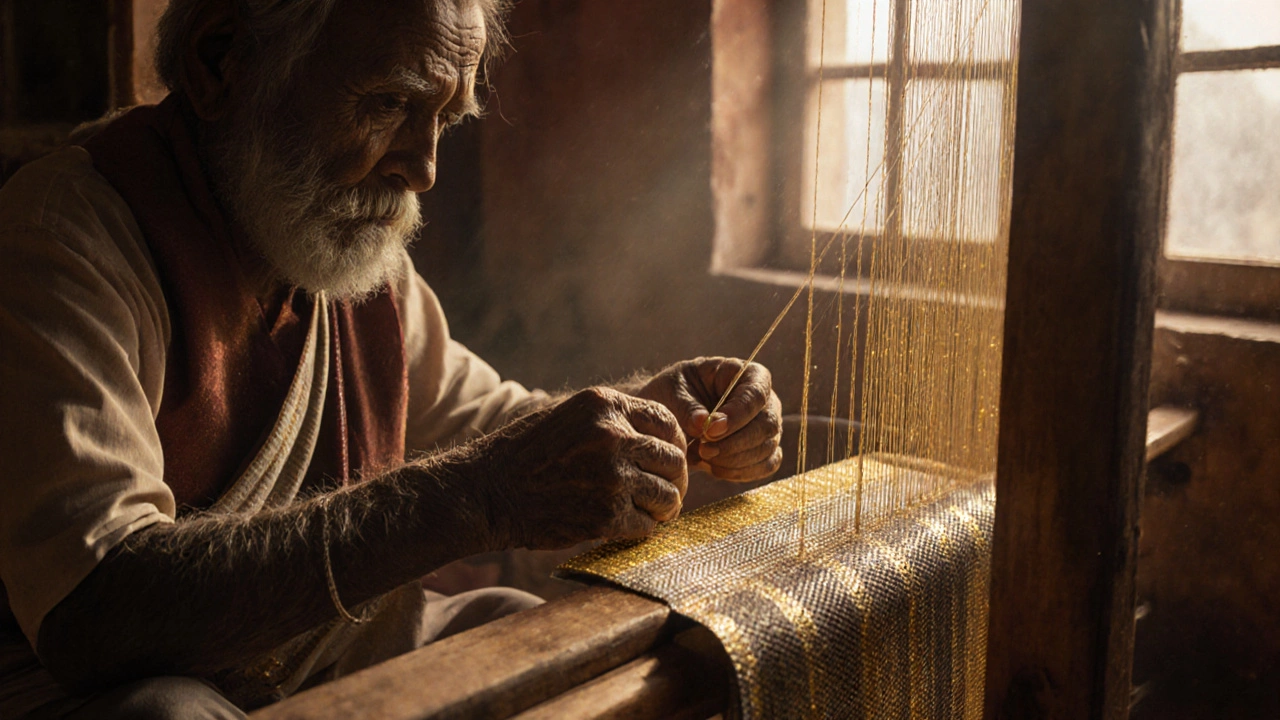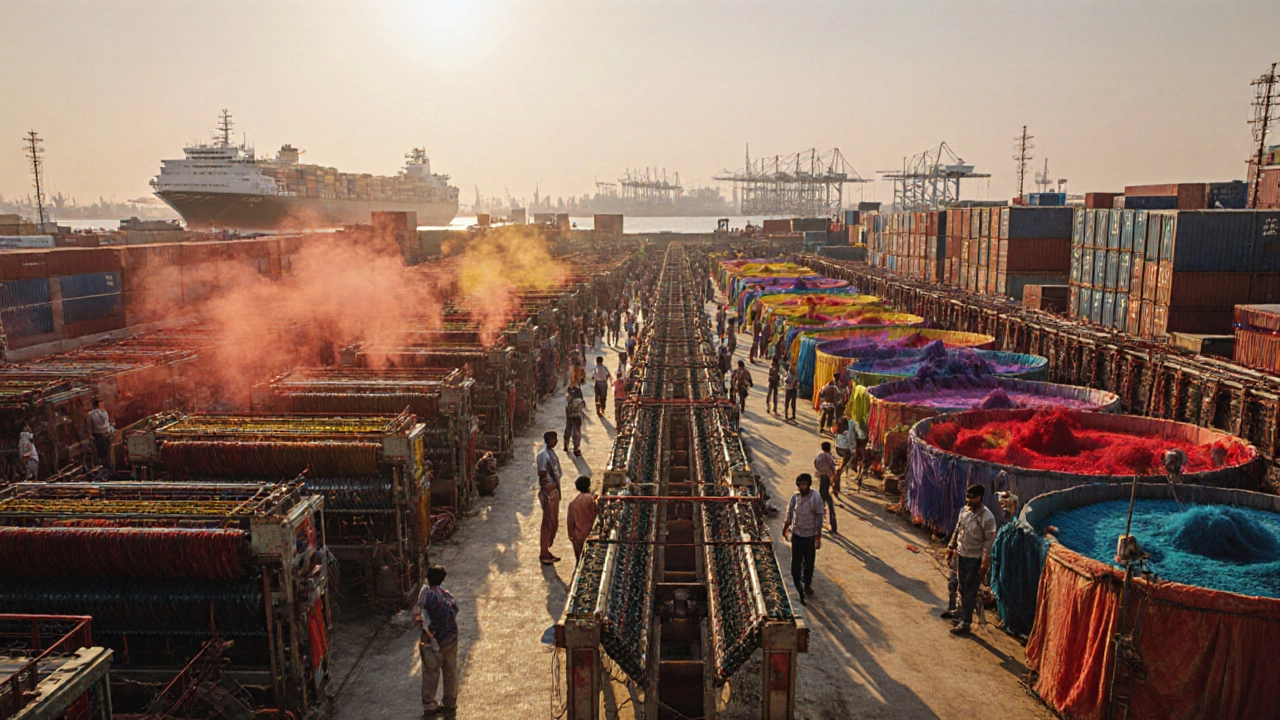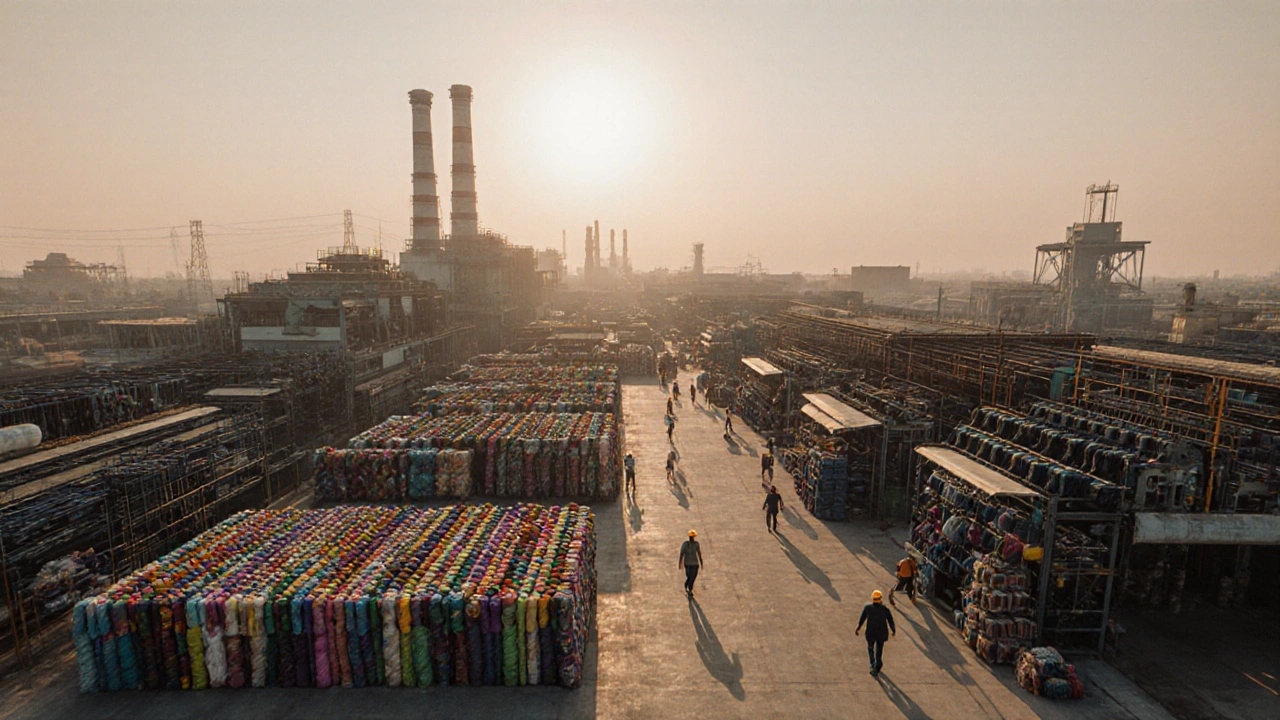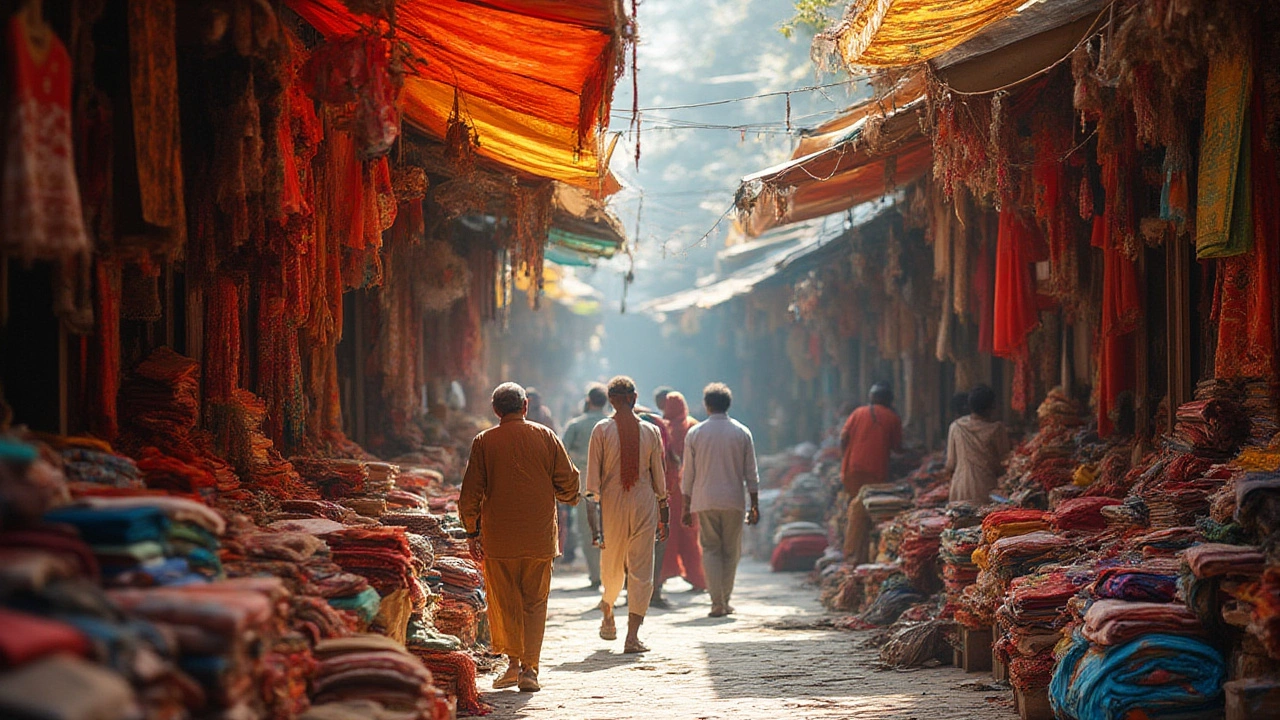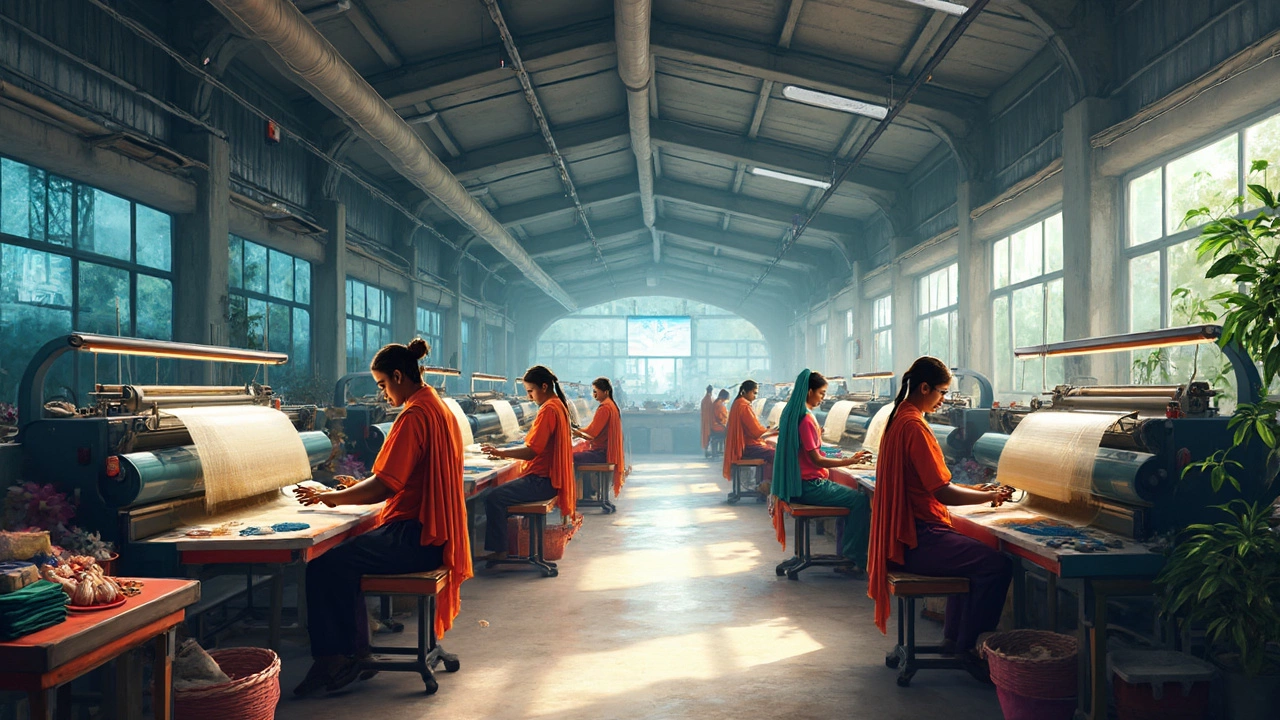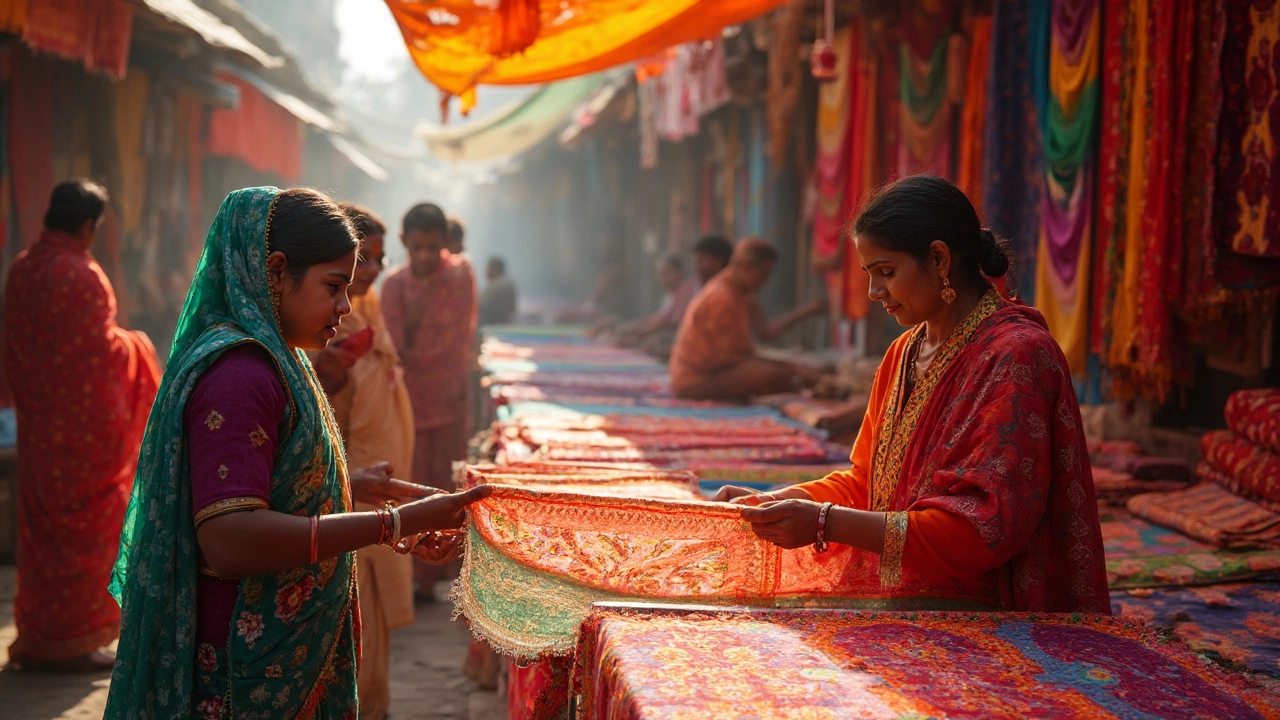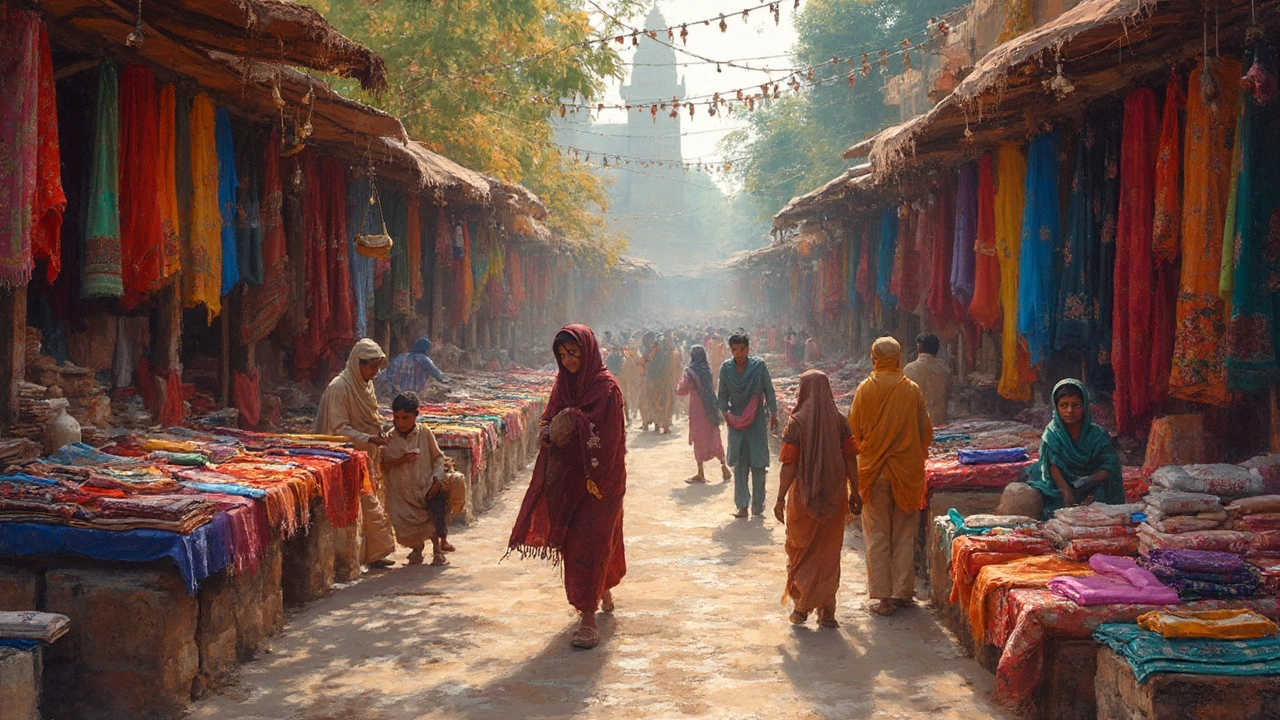Textile Manufacturing in India: What You Need to Know
India’s textile world moves fast. Whether you’re starting a mill, looking for new fabric sources, or just curious about the big players, this guide gives you the must‑know facts in plain language.
Key Trends Shaping the Industry
2024 is all about sustainability. Buyers now ask for proof that fabrics are eco‑friendly, so manufacturers are adding organic cotton, recycled yarns and low‑water dyes. At the same time, digital printing and smart factories are cutting waste and speeding up production. The result? Smaller costs, faster turn‑around, and a greener label that sells.
Another trend is the shift in export markets. While Europe still buys large volumes, demand from Southeast Asia and the Middle East is rising fast. That means you need to keep an eye on global price swings and adapt your product mix quickly.
Top Textile Hubs You Should Watch
Surat – Known as the “Silk City,” Surat dominates in synthetic fabrics and thread. Its market size and supply chain depth make it a go‑to place for bulk orders.
Tamil Nadu – The state leads in cotton garments and denim. A strong network of mills and a skilled workforce keep production reliable.
Gujarat – Famous for Bandhani, Patola and Ajrakh, Gujarat blends traditional handwork with modern looms. The unique designs attract premium buyers worldwide.
Ahmedabad – Often called the “Manchester of India,” it balances heritage and new tech, especially in blended fabrics.
Coimbatore – This city is a textile capital for engineered yarns and high‑quality cotton. Its focus on research and automation makes it a favorite for innovators.
If you’re planning a new mill, the profit outlook looks solid but you must control costs. Capital investment, power bills and raw material prices are the biggest hurdles. A recent analysis shows a well‑run mill can earn a healthy return within three years, provided you keep waste low and target the right market segment.
When sourcing fabric, know the top wholesale countries. China still leads, but Bangladesh, Vietnam and Turkey are catching up with competitive pricing and improved quality. Picking the right supplier saves time and money, especially if you need reliable lead times.
Finally, watch out for neps – tiny knots that affect yarn smoothness. Good handling and proper fiber selection keep them down, ensuring you deliver fabrics that feel right to the touch.
In short, Indian textile manufacturing offers big opportunities if you stay on top of sustainability, technology and regional strengths. Use the info above to plan, invest and grow your business with confidence.

Who Is Known as the Queen of Textile in India?
Kasturi Bai, known as the queen of textile in India, revived handloom weaving during British rule by training hundreds of thousands of women. Her legacy lives on in today’s handloom industry and sustainable textile practices.

How to Start a Textile Business in India: Step-by-Step Guide for 2025
Learn how to start a textile business in India in 2025 with step-by-step guidance on registration, machinery, government schemes, sourcing, and export. Avoid common mistakes and build a profitable small-scale unit.

Which Fabric Is Most Expensive in India? Top Luxury Textiles and Their Costs
Discover the most expensive fabrics in India, from Banarasi silk to Pashmina wool, and learn why these luxury textiles command such high prices due to craftsmanship, rarity, and tradition.

Surat: The City Known as the Textile City of India
Discover why Surat, Gujarat, holds the title of India's textile city, its production stats, economic impact, and how it compares with other textile hubs.

India's Largest Textile Industry 2025 - Arvind Limited Tops the List
Arvind Limited tops the list as India's largest textile industry, outpacing rivals in revenue, capacity and exports. Explore the top 5 firms, growth drivers, challenges and how to stay updated.

Best Countries for Wholesale Fabric: Top Global Suppliers and Sourcing Tips
Discover the world's top wholesale fabric countries with insider tips, real data, and sourcing tricks for finding the perfect supply partner for your needs.

Textile Industry Outlook 2024: What's Really Shaping Indian Textile Manufacturers?
India's textile industry in 2024 is running at a different pace with global trends shaking things up. Domestic demand is ticking up, and export numbers are shifting, but labor, costs, and new technology are changing the game for manufacturers. Sustainability isn't just a buzzword—buyers are demanding proof. This article lays out the raw facts, industry shifts, and tips for textile manufacturers in India looking to stay ahead. Get a fresh look at what's actually driving the future of Indian textiles.

Gujarat Famous Cloth: What Makes Its Textiles Stand Out
Gujarat is a powerhouse in India’s textile scene, known for unique fabrics like Bandhani, Patola, and Ajrakh. The state’s textile heritage stretches back centuries, combining traditional skills with modern innovations. Artisans use age-old methods that give every piece special character and quality. Today, Gujarat’s textiles support entire communities and attract buyers worldwide. If you want to understand what makes Gujarat’s cloth unique—and how to spot the real deal—here’s what you should know.

Textile Mill Profitable in India: What You Need to Know
Thinking about starting a textile mill in India? Wondering if this business can actually make money? This article breaks down the real earning potential, key costs, and challenges, along with a look at what’s working for successful mill owners right now. You’ll pick up facts and tips that can help you make smarter decisions before diving in. If you’re serious about textiles, you’ll want to read this.

Textile Industry in India: Current Trends and Insights
The textile industry in India is a vibrant and dynamic sector that plays a crucial role in the nation's economy. It is characterized by its wide range of products, innovative textile technologies, and significant contribution to employment and exports. Recent trends show a shift towards sustainable and eco-friendly practices, making it essential for manufacturers to adapt and capitalize on these changes. The industry's resilience and adaptability continue to drive its growth and global competitiveness.

India's Textile Powerhouse: Exploring the Largest Producer
India's textile industry, a vital sector, boasts a diverse range of products from traditional to modern fabrics. Among its states, Tamil Nadu stands out as the largest textile producer, steeped in rich history and evolving technology. This article navigates the state's leading role, examining production capacity, key players, and its impact on the national economy. Discover how Tamil Nadu became the cornerstone of India's textile prowess in this comprehensive look.

Discovering the Largest Textile Hub in India
India is home to some of the largest textile markets in the world, each with its own unique character and significant contribution to the industry. Among these, one stands out due to its scale and influence: Surat. Known as the 'Silk City', Surat is renowned for its vibrant textile trade and manufacturing prowess. Aspiring entrepreneurs and established industry players alike flock to this bustling hub, drawn by its reputation for quality, variety, and innovation in textiles.
